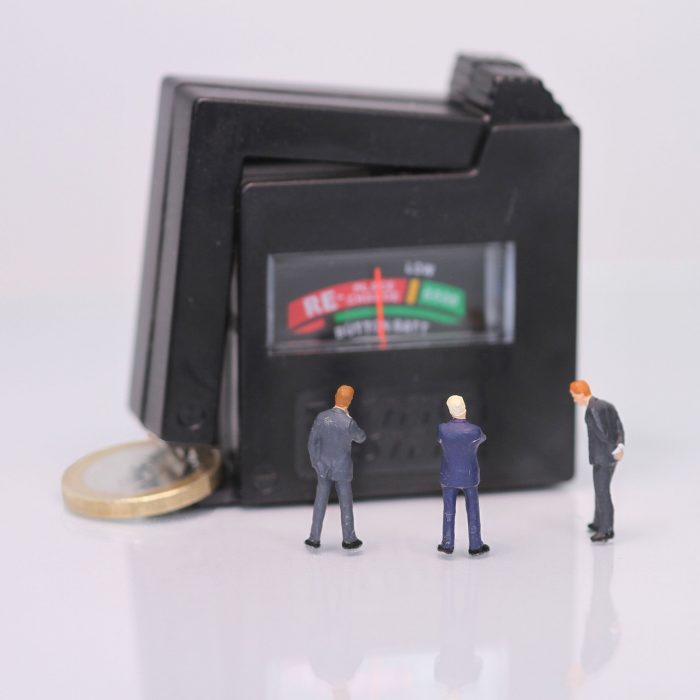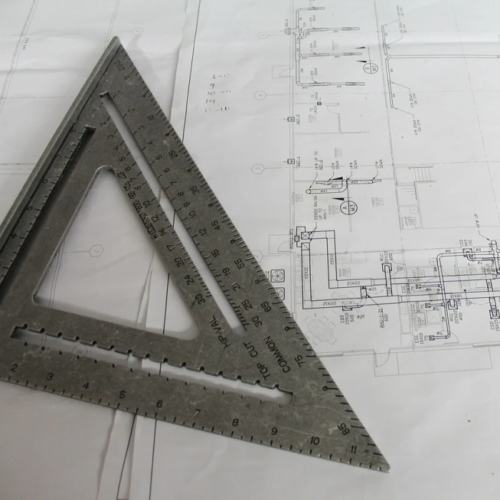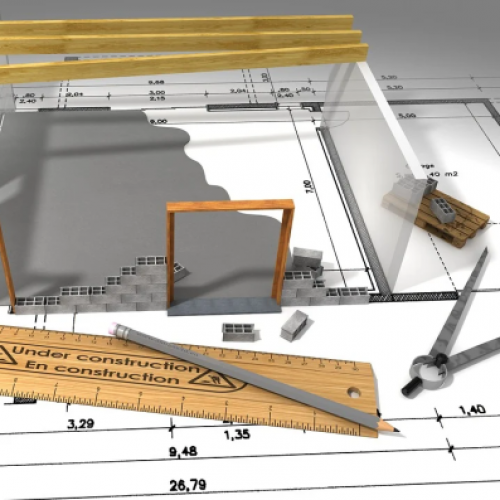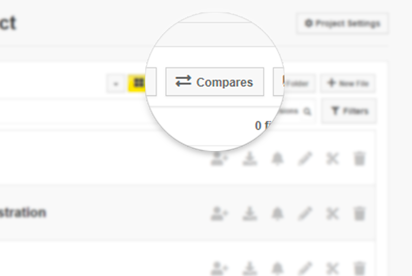Traditionally, general contracting is a float business – a business more concerned in generating cash flow than profit. The playbook was simple: generate cash flow, invest in property and equipment, rinse and repeat.
Throughout the 70s, 80s, and 90s, this playbook worked like a charm. The cost of capital was high, and investment opportunities were abundant. It didn’t even matter much if jobs were losing money. As long as you generated enough cash flow, you could build an asset portfolio which only went up.
It is, therefore, no surprise that the industry has such a focus on generating cash flow. For many CFOs of the nation’s big builders, general contracting is a business of raising loans from the supply chain as much as it is a business of building.
Contractors are not alone. Warren Buffett’s Berkshire Hathaway is famously built around a handful of float businesses in the insurance industry. Insurers generate cash flow by charging premiums at the start of the year and paying out claims throughout the year. Warren Buffets companies are famous for breaking even or worse and making all their money from free cash flow which was aggressively invested.
A zero interest rate world
We are now well into a decade with 0% interest rates, rendering the float business model obsolete. A contractor can generate hundreds of millions of pounds in free cash flow; the money will just sit on the balance sheet, getting 0.1% interest.
It’s not just general contractors; insurers and other float businesses have had to adjust as well. In an interest-free world, insurers have had to charge more premiums than they pay in payouts. General contractors need to get paid more by the client than they pay the supply chain.
In a 0% interest rate environment, smart businesses – from payday lenders to fin-tech banks to global hedge-funds – are coming up with new ways to lend. Smart companies are looking for smaller businesses with weaker balance sheets to take their cash for a better price.
Reversing the payment terms
Luckily for general contractors, the construction supply chain is full of smaller, weaker businesses that desperately need cash flow. Many smaller subcontractors live in dread of payments never coming in.
A general contractor that will pay within 45-60 days of work performed will get a discount of 5% to 10%. And this is only the direct benefit of paying early; early payment will gain the trust of subcontractors, lead to hard-working flexible relationships with the supply chain, and bring the real discount into double-digit figures.
Much like sustainability and diversity in hiring, early payment is not only the right thing to do but also the profitable one. By paying early, general contractors can leverage their balance sheets to become a net lender and divert cash flow to profit, thus gaining the ability to focus on delivering a better product faster and for a lower cost in a sustainable model.








